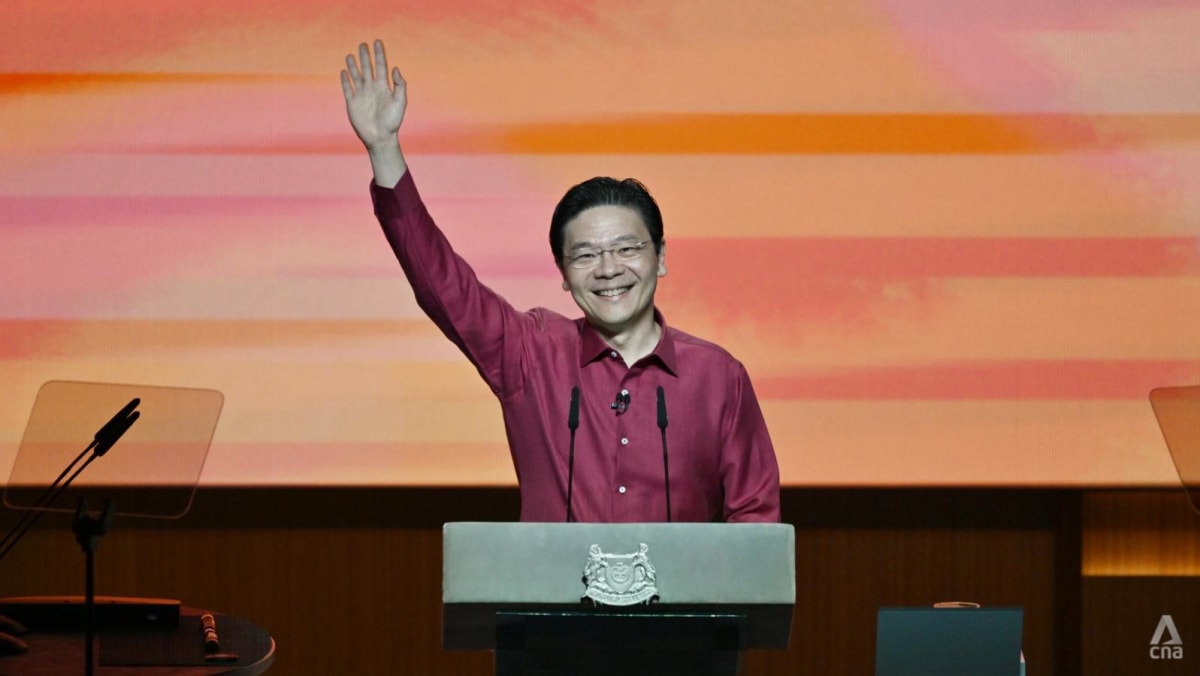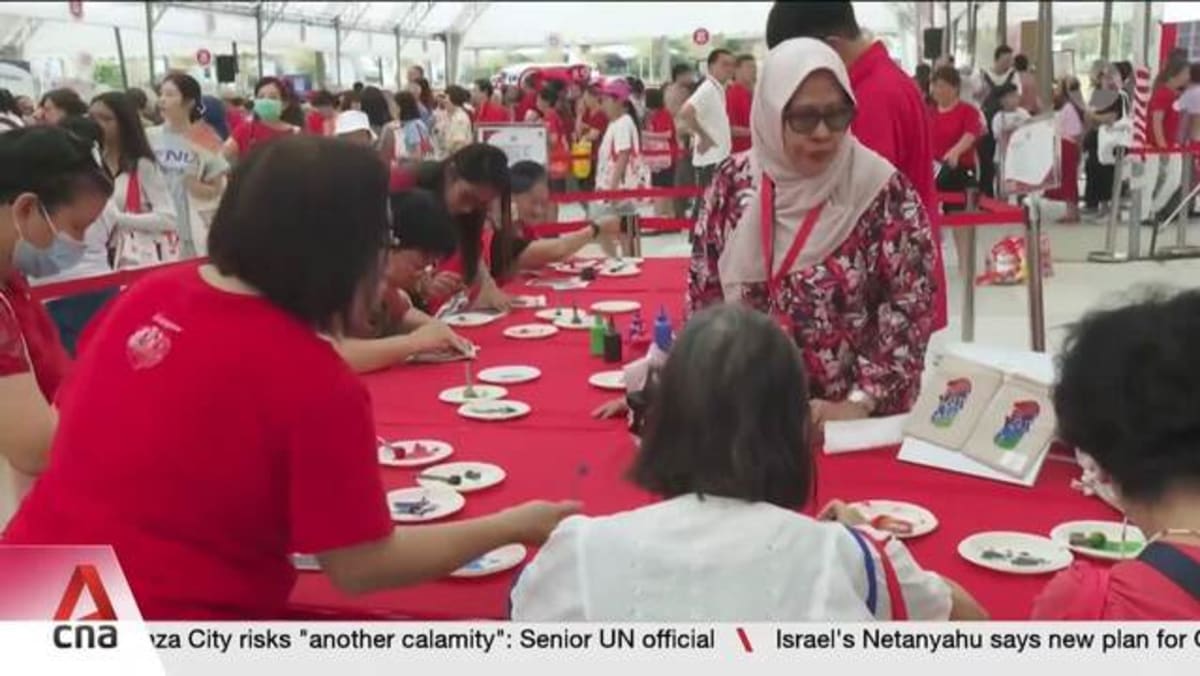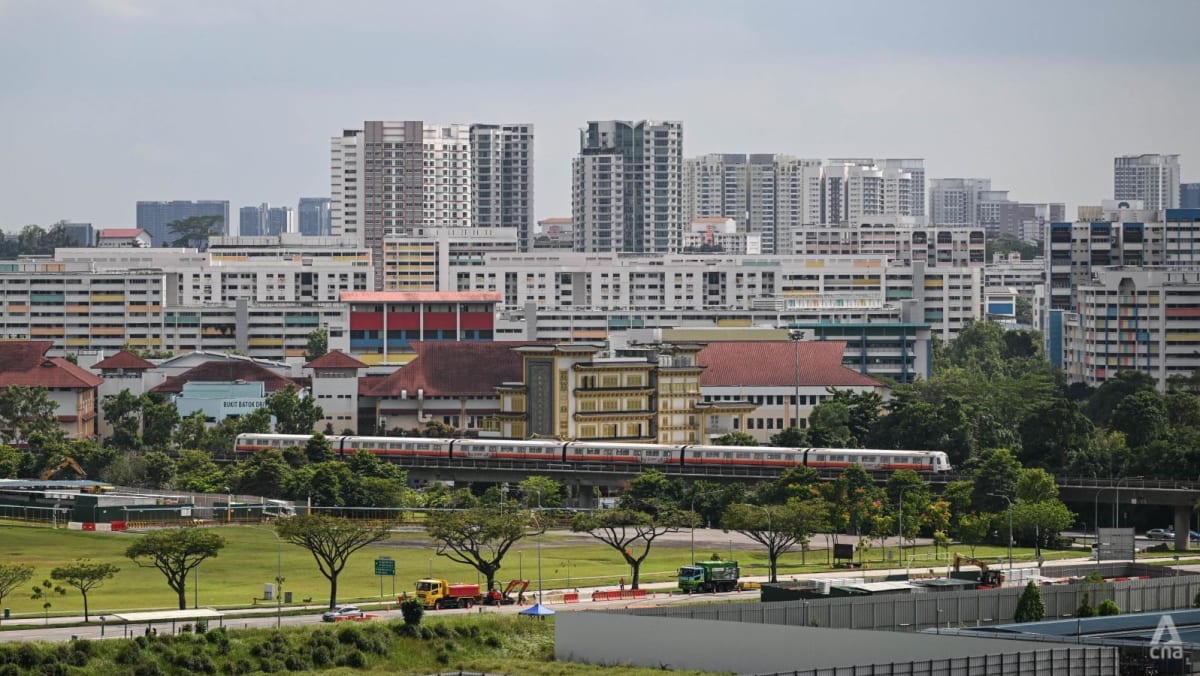HYFLUX’S STRATEGY
Deputy Chief Prosecutor Christopher Ong told the court that the strategy underlying Hyflux’s bid was to sell water at a very low price to PUB, in order to secure the tender.
At this price, the desalination plant would operate at a loss. To make the project financially viable, and to fulfil PUB’s requirement to produce electricity for the plant at Hyflux’s cost, Hyflux intended for its power plant to supply electricity to the desalination plant, while actually selling the vast majority of the power that it generated to the national grid.
“It was only from such sale of electricity that Hyflux would be able to obtain sufficient revenue to make up for the losses from the desalination plant and to make the project profitable,” said Mr Ong, who is a senior counsel.
At the time in 2011, Hyflux had no prior experience in power generation, much less selling electricity, he said. The Tuaspring Project would be the first time Hyflux entered the electricity market.
Earlier drafts of the March 2011 announcement included more details about the electricity sale plans, but these references were removed following input from Lum and Cho, said Mr Ong.
The draft announcement, which Hyflux eventually sent to PUB for vetting, made no mention at all about the sale of electricity.
The only line that specifically mentioned the sale in the final draft of the March 2011 announcement – “excess power will be sold to the grid” – was added only after PUB requested that Hyflux include a clarification, said Mr Ong.
This was to avoid the mistaken impression that the desalination plant would consume all the electricity that the power plant could produce.
The final draft of the March 2011 announcement was approved by Lum and Cho and circulated to the four former independent directors by email for their comments.
They replied, but none raised objections about the announcement or queried Hyflux’s management whether it was adequate, said Mr Ong.
During the tender stage in 2010 and early 2011, Hyflux estimated the Tuaspring Project costs to be S$890 million. This was later increased to S$1.05 billion in July 2012.
To finance the construction of the project, Hyflux sought loans from banks. Six banks later signed in-principle commitment letters indicating their willingness to finance the project, but they did not know about the power strategy.
BANKS RAISED CONCERNS
In November 2010, when the banks found out about it, they raised serious concerns, meeting with Hyflux representatives, including Lum and Cho, to discuss the additional risks arising from its strategy of using the sale of electricity to subsidise the sale of water to PUB.
“The banks took the risks of Hyflux’s power business plan so seriously that in January 2011, they jointly issued a side letter to Hyflux stating that they could not lend money to Hyflux on the same terms that had previously been indicated in the October 2010 in-principle commitment letters,” said Mr Ong.
None of the six banks eventually funded the construction of the power plant and, by extension, the entire Tuaspring Project.
In July 2011, only three of the original six banks – DBS, Mizuho Corporate Bank and Sumitomo Mitsui Banking Corporation – extended financing of S$150 million for the construction of the desalination plant.
This financing was eventually terminated by Hyflux, and the Tuaspring Project was ultimately financed by a shareholder’s loan of S$840.4 million by Hyflux to Tuaspring in October 2011. This was, in turn, refinanced with Maybank Singapore and Maybank Kim Eng Securities in September 2013.
In January 2011, while negotiating with the banks, Hyflux’s management began to contemplate the issuance of preference shares to raise funds.
The board was informed of the need to issue preference shares to “increase our funding options” for “several new major projects” Hyflux was expected to win in 2011, but the money was really meant to fund the Tuaspring Project because of the challenges Hyflux was facing in obtaining financing from banks.
Hyflux engaged DBS as the lead manager and bookrunner for the issuance of preference shares in February 2011 and lodged the April 2011 offer information statement with the Monetary Authority of Singapore (MAS). This was for the issuance of up to S$200 million in 6 per cent cumulative non-convertible, non-voting, perpetual Class A preference shares.
These shares were oversubscribed, and the offer amount was increased, with Hyflux ultimately raising S$400 million from the issuance.
In the April 2011 offer information statement, the only mention of electricity sales was the following two sentences that also had appeared in the March 2011 announcement: “Hyflux will also be constructing a 411MW combined cycle gas turbine power plant to supply electricity to the desalination plant. Excess power will be sold to the power grid.”
Mr Ong charged that Lum knew about the omitted information on the electricity sales but wanted to downplay the project’s significant exposure to the electricity market in the March 2011 announcement and the April 2011 offer information statement.
As CFO, Cho was also aware of the omissions and connived in the decision not to disclose, said Mr Ong.











